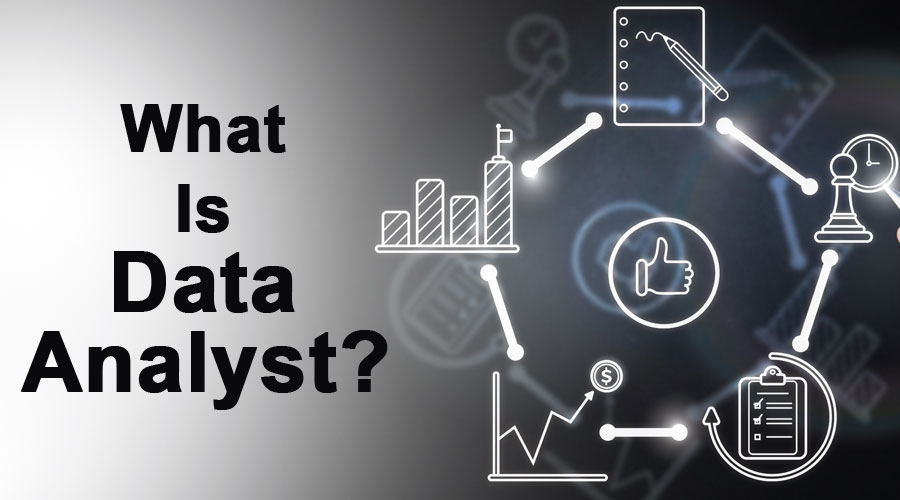
Data analytics is the process of analyzing large sets of data to generate insights and make business decisions. These insights can have a positive impact on organizational performance and increase revenue.
Businesses rely on data for many things, from marketing to customer service. However, accessing and analyzing this information can be a challenge.
The Basics
In a world where statistics are everywhere, data analytics helps people make sense of that raw information. The process involves three stages: storing and analyzing data, transforming data into valuable business insights and presenting those findings in ways others can understand.
This job requires a broad set of skills. For example, data analysts may need to be able to communicate their findings with clients, other departments or company stakeholders.
Throughout the data analysis process, analysts must be able to collect, organize and clean their data sets before analyzing them using various techniques. They often use tools such as Tableau and Power BI to create visualizations that present their findings visually.
Regardless of the type of data analysis performed, it is essential that the analyst be able to interpret what the data means and how it can help the organization. This is where data visualization comes into play and can be used across all areas of an organization.
Getting Started
Data analytics is an increasingly crucial field in business and science, as more data is collected than ever before. It can help companies understand their customers, improve marketing efforts, customize their products and more.
Getting started with data analytics can be a daunting task, but there are plenty of resources to help you get started. The first step is to master some fundamental skills, like statistics, machine learning and predictive modeling.
Once you’ve got these basics down, you can start working on practical projects that demonstrate your analytical abilities and prepare you for your future career as a data analyst. This is an excellent way to learn and develop your portfolio, which you’ll need to show potential employers when applying for jobs.
It’s also important to keep up with industry trends, practices and new data analytics tools to stay competitive in this fast-paced field. This will not only help you become more knowledgeable but will also give you a deeper understanding of the work you do, which will boost your confidence and ability to adapt.
Data Collection
Data collection is a process that requires the use of different tools. This can include a data management platform, or DMP, which allows you to collect and organize information into a single place.
The DMP will also help you activate the data that has been collected. This can include analyzing it and then using it to improve your business or research.
There are many ways to collect data, but some of the most common methods include surveys, interviews, questionnaires and focus groups. Each method has its own benefits and challenges.
Data must be gathered in a measured and systematic manner to ensure accuracy. It must also be free from bias and reflect the background, position, and conditioning circumstances of the data collection team.
Data Analysis
No matter what business you’re in, data is essential to making good decisions. Without it, you’ll be wasting resources and losing potential clients.
Whether it’s your marketing efforts or your customer service staff, data analysis is the key to driving success. It gives you the information you need to target your customers better, create new products and services that match their needs, and improve your bottom line.
However, before you can analyze the data and make your decisions, there are a few steps that need to happen.
First, you’ll need to collect and organize the data. This can be done with spreadsheets, databases, or a variety of software tools.
Once the data is organized, it’s time to analyze it. This can be done with a number of techniques, including factor analysis and graphical data visualization.



